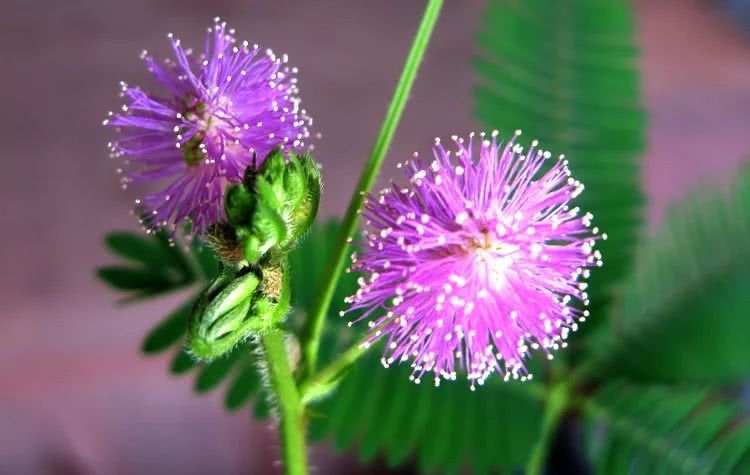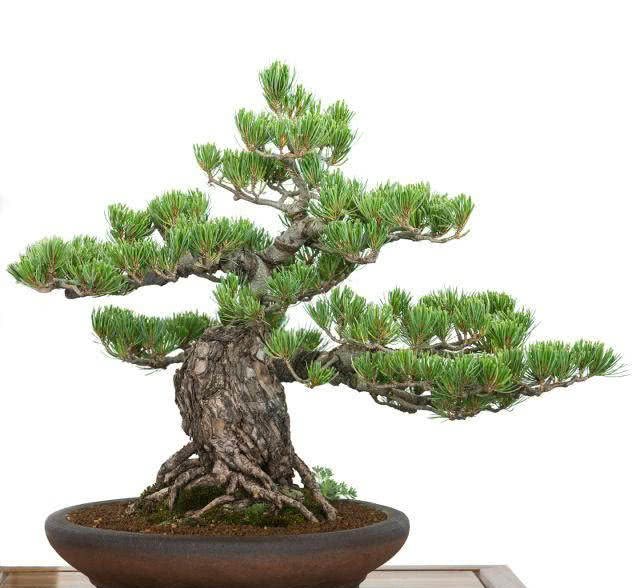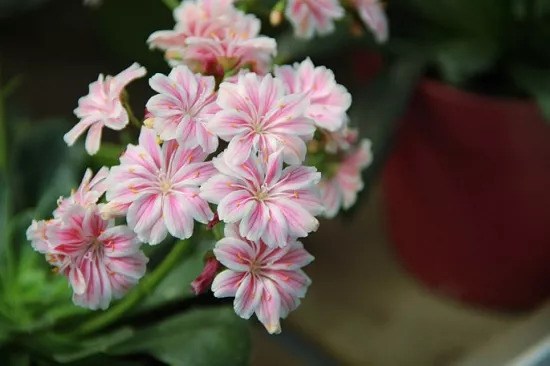Mimosa and this is so powerful.

Mimosa is a perennial herb of the legume family. It is called mimosa because its leaves are sensitive and have a special response to heat and light, which is why when we touch it, its leaves shrink into a ball.
Mimosa is very suitable to be raised on the indoor balcony and is easy to feed. The warm, humid and well-lit environment is its favorite.
The sandy soil with loose and fertile, good drainage and rich organic matter is the most suitable for cultivation. It usually grows in bushes or on wasteland.
In winter, be careful to move the mimosa back indoors, the temperature should not be lower than 10 degrees, otherwise frostbite is easy to occur.
Mimosa is a wonderful plant that can predict changes in the weather.
If you touch it with your hand, its leaves close quickly and open slowly, indicating that the weather will clear up; if you touch mimosa, its leaves contract slowly, droop slowly, or even reopen a little bit, this means that the weather will change from sunny to overcast or it is going to rain.
In addition, mimosa can also predict disastrous weather changes, which will produce unconventional growth activities to sudden anti-seasonal temperature difference, geomagnetism, geoelectricity and other changes.
According to Turkish seismologist Erjiang, a few hours before a strong earthquake, the leaves of mimosa, which are sensitive to the outside world, suddenly shrink and then wither.
In earthquake-prone Japan, scientists have found that under normal circumstances, mimosa leaves open during the day and close at night. If the leaves of mimosa are closed during the day and open at night, it is a precursor of an earthquake.
Although the mimosa is magical, it is not suitable for breeding indoors, because the mimosa at night can not carry out photosynthesis, then the toxins in its body will be released, but it is also a slight toxin, but long-term absorption will have an impact on the human body. Therefore, it is best to move to outdoor farming.
There are trace toxins in the whole plant of mimosa. The plant itself contains a substance called mimosa alkaloid, which can cause hair yellowing and falling if you come into close contact with mimosa for a long time.
- Prev

The gap between the north and the south why bonsai trees in the north are cheaper than those in the south?
Welcome to Baijia (Life omg) what we are talking about today is that bonsai is not how high the price is, but the beautiful state of mind of bonsai. But for those who absolutely want bonsai, the price of bonsai also considers the price of bonsai.
- Next

Potted plants that are most suitable for autumn are easy to raise and blossom and are most suitable for beginners.
First, Luwei flower autumn is the most beautiful time, lukewarm, fully accept the light, fresh and beautiful flowers, gorgeous and not vulgar, a large number of flowers, succulent leaves, is actually a kind of succulent plants, beautiful flowers and leaves, flowers and flowers.
Related
- Wuhan Hospital Iron Tree Blooming Result Was Instantly Frightened by the Gardener Master
- Which variety of camellia is the most fragrant and best? Which one do you like best?
- What is the small blue coat, the breeding methods and matters needing attention of the succulent plant
- Dormancy time and maintenance management of succulent plants during dormancy
- Minas succulent how to raise, Minas succulent plant pictures
- What are the varieties of winter succulent plants
- How to raise succulent plants in twelve rolls? let's take a look at some experience of breeding twelve rolls.
- Attention should be paid to water control for succulent plants during dormant period (winter and summer)
- Watering experience of twelve rolls of succulent plants
- Techniques for fertilizing succulent plants. An article will let you know how to fertilize succulent plants.

